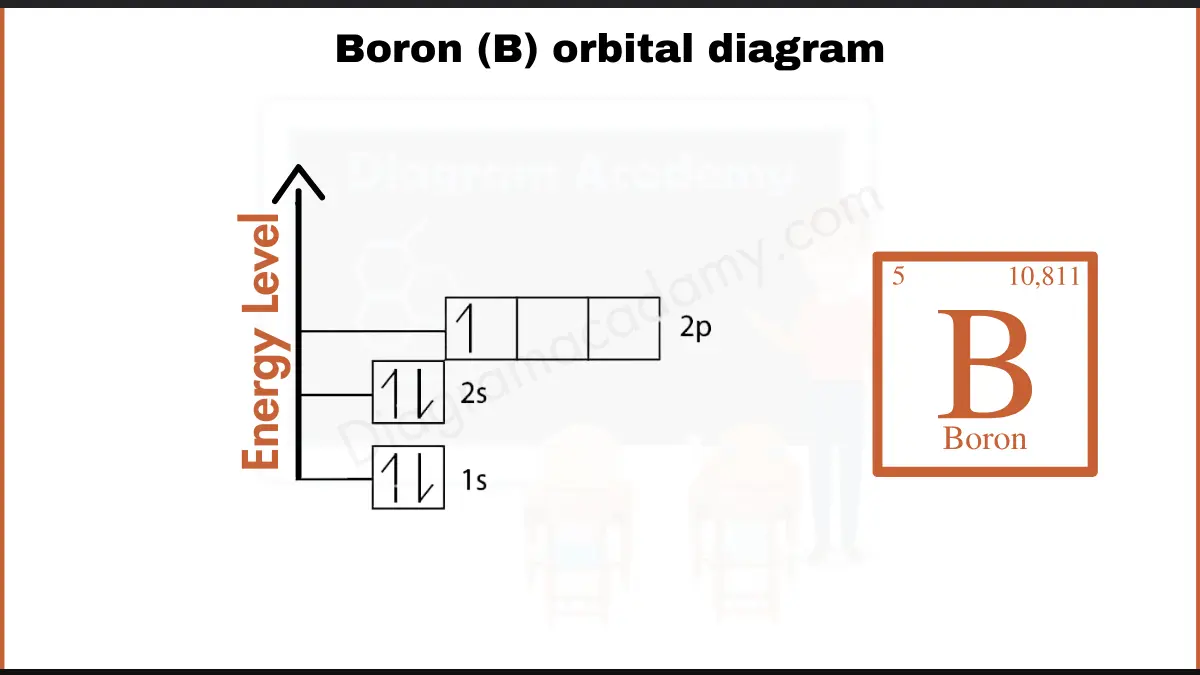Unleash Your Inner Chemist: 10 Oxygen Orbital Diagrams That Will Blow Your Mind (And Other Things)

Ever wondered how the electrons in an oxygen atom are arranged? Understanding oxygen orbital diagrams is like unlocking a secret code to the very building blocks of life. These diagrams, though seemingly complex, offer a fascinating glimpse into the world of quantum mechanics and chemical bonding. Get ready to unleash your inner chemist as we explore 10 mind-blowing oxygen orbital diagrams that will not only expand your knowledge but also ignite your curiosity about the fascinating world of chemistry.
Why Oxygen Orbital Diagrams Matter

Oxygen, the element essential for life on Earth, has a unique electron configuration. Its orbital diagram visually represents how electrons occupy different energy levels and orbitals around the nucleus. This arrangement determines oxygen’s reactivity, bonding behavior, and role in various chemical processes.
10 Oxygen Orbital Diagrams to Spark Your Curiosity

Let’s dive into the exciting world of oxygen’s electron configuration: 1. Ground State Oxygen: The foundation, showing the lowest energy arrangement of electrons. (oxygen electron configuration, ground state electron configuration) 2. Excited State Oxygen: Witness how energy absorption can rearrange electrons, leading to different chemical behaviors. (excited state electron configuration, electron excitation) 3. Oxygen Atom with Lone Pairs: Visualize the importance of lone pairs in determining molecular geometry and reactivity. (lone pairs, molecular geometry) 4. Oxygen in Water (H₂O): Explore how oxygen’s orbitals participate in covalent bonding with hydrogen atoms. (covalent bond, water molecule) 5. Oxygen in Carbon Dioxide (CO₂): See how oxygen forms double bonds with carbon, crucial for understanding greenhouse gases. (double bond, carbon dioxide) 6. Oxygen in Ozone (O₃): Discover the unique bonding in ozone, a vital component of Earth’s atmosphere. (ozone layer, atmospheric chemistry) 7. Oxygen in Peroxide (O₂²⁻): Learn about the unusual bonding in peroxides and their reactivity. (peroxide ion, oxidation state) 8. Oxygen in Superoxide (O₂⁻): Explore the role of superoxide radicals in biological processes and their potential as both beneficial and harmful molecules. (free radicals, reactive oxygen species) 9. Oxygen in Molecular Oxygen (O₂): Understand the paramagnetic nature of O₂ due to its unpaired electrons. (paramagnetism, unpaired electrons) 10. Oxygen in Compounds with Transition Metals: Witness the versatility of oxygen in forming complex compounds with transition metals, essential in biology and industry. (transition metal complexes, coordination chemistry)
💡 Note: These diagrams are simplified representations. Actual electron behavior is more complex due to quantum mechanical principles.
Unleash Your Learning: Resources for Further Exploration

Ready to delve deeper? Here are some resources to fuel your journey:
Online Chemistry Tutorials: Websites like Khan Academy and Chemguide offer interactive lessons on electron configurations and orbital diagrams. (online chemistry courses, chemistry tutorials)
Chemistry Textbooks: Explore chapters on atomic structure and chemical bonding for detailed explanations and practice problems. (chemistry textbooks, inorganic chemistry)
Molecular Modeling Software: Tools like Avogadro and ChemSketch allow you to visualize molecules and their orbitals in 3D. (molecular modeling, 3D molecular visualization)
From Diagrams to Discovery

Understanding oxygen orbital diagrams is more than just memorizing pictures. It’s about grasping the fundamental principles that govern the behavior of matter. This knowledge opens doors to understanding chemical reactions, material properties, and even biological processes. So, embrace your inner chemist, explore these fascinating diagrams, and unlock the secrets of the elements!
What is the electron configuration of oxygen?
+Oxygen’s electron configuration is 1s² 2s² 2p⁴.
Why are oxygen orbital diagrams important?
+They help us understand oxygen’s reactivity, bonding, and role in chemical processes.
Where can I find more resources to learn about orbital diagrams?
+Online tutorials, chemistry textbooks, and molecular modeling software are great starting points.
